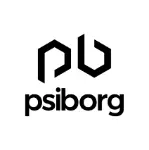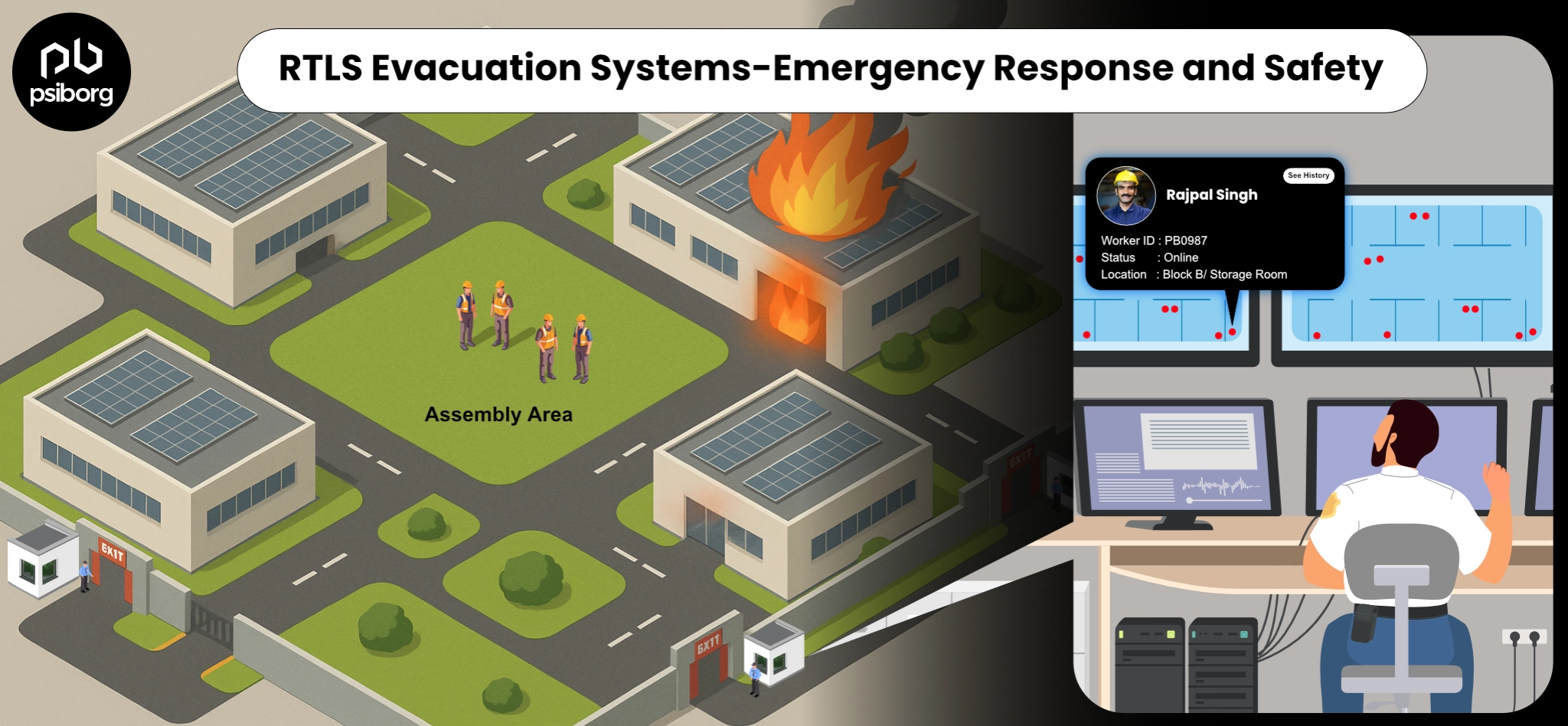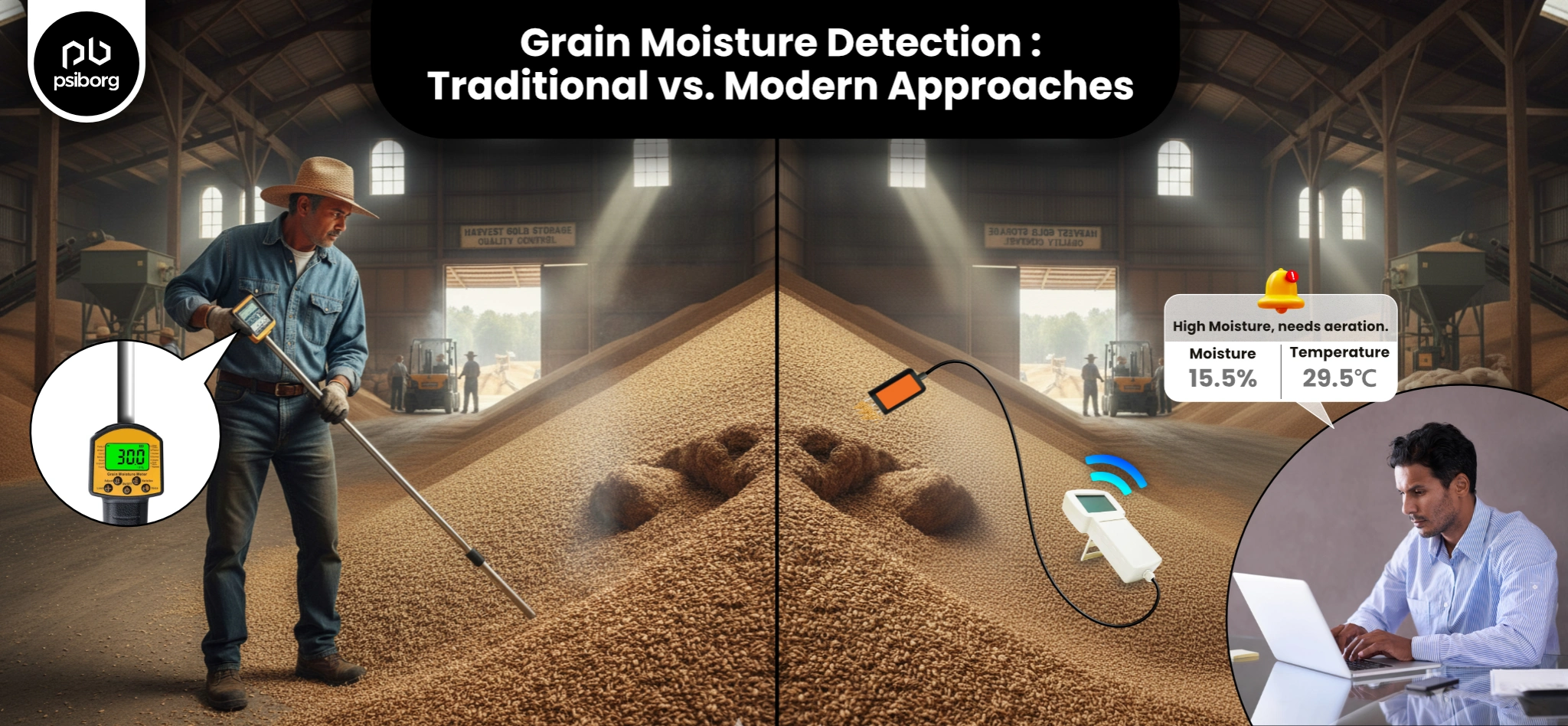M2M communication or machine-to-machine communication is a popular concept. M2M communication simply refers to the exchange of data among machines without any human interference. In addition, now with the help of AI and machine learning such concepts can be precise and accurate. Not only the devices can exchange data but they can make well-informed decisions of their own.
FIRST INDUSTRIAL USE OF MACHINE TO MACHINE COMMUNICATION
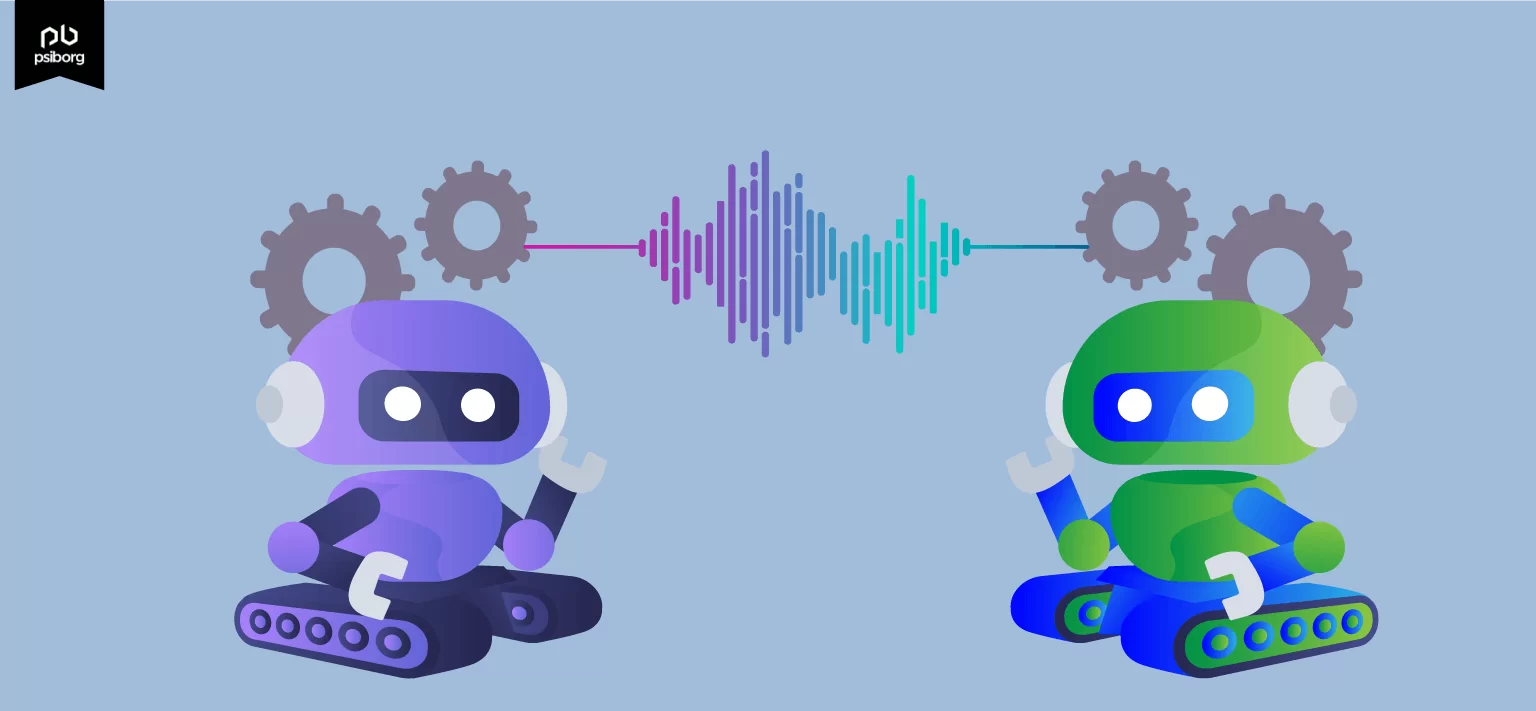
M2M has been around for quite a long time. The transmission of data over telephone lines was one of the first known use of M2M. Nokia was one of the first companies to make use of M2M communication widely. Nokia partnered with Opto 22 in 2002. The partnership led to the provision of wireless communication services to its customers.
One of the first major industries to make use of such concepts largely was the manufacturing and industrial sector. Technologies like remote monitoring and SCADA helped with remote management. Data was now remotely managed and controlled for equipment. Finally, now M2M has found its way into many sectors including healthcare, insurance, business, etc. With the boom in internet and wireless technology M2M is now used in daily technology like heating appliances and electric meters. Therefore, M2M is also the starting point of IoT.
WORKING OF MACHINE TO MACHINE COMMUNICATION
M2M communication among connected devices works on sensors. Sensors detect the data and transfer them onto a network. M2M makes use of technologies like ethernet to make it more cost-effective. The main components of M2M include Wi-Fi, sensors, RFID, an automatic computer software program, and a communication link. Finally, all this helps in establishing a network that can transfer data and make decisions. Telemetry was one of the first industries to make use of machine-to-machine communication. M2M saw its usage first in telephone lines and then later in radio to transmit measured performance.
NOW WIDELY USED M2M HAS MANY BENEFITS:-
- Costs are drastically reduced as downtime is less and maintenance of devices is easy.
- Revenue is boosted as no human intervention is required. This leads to increased efficiency.
- Devices can be monitored well as errors are caught in advance and servicing is required only when needed.
MACHINE TO MACHINE COMMUNICATION SECTORS AND FEATURES

M2M is used to inform a distributor when a certain item is running low. A vending machine can remotely message a distributor letting them know of the stock status. In conclusion machine to machine communication is crucial for warehouse management and supply chain.
M2M can detect many workplace factors like temperature, and pressure. Smart meters are used to bill customers. Utility companies often make use of machine-to-machine communication to collect energy.
In the medical sector M2M helps with the live status of a patient’s health. Moreover, M2M is used in watching healthcare assets.
Online financial activities such as Google Wallet make use of machine-to-machine communication. M2M has largely made mobile payment easy and convenient. Transfer of money is now easy all thanks to M2M.
Home automation largely relies on machine-to-machine communication. M2M gives us access to control in real-time and even handles home appliances remotely.
THE MAIN FEATURES OF MACHINE-TO-MACHINE COMMUNICATION ARE:-
- Ability to monitor events live or in real-time.
- Time tolerance and time control allow data transfers to be delayed and can only be sent and received during pre-determined periods.
- Low power consumption to effectively service machine-to-machine communication on a particular system.
- Specific triggers can be set up when a device enters a certain or a particular region.
- Continuously send and receive data.
M2M REQUIREMENTS
European Telecommunications Standard Institute requirements for M2M include:-
- Scalability: M2M should work well as more and more devices get connected.
- Anonymity: The M2M device should be kept a secret when asked for.
- Logging: All the logs must be available by request. Important events like failed installation or wrong information must be recorded.
- M2M Application Communication Principles: The basic principle of communication between M2M devices is well required. Therefore, M2M devices make use of techniques such as SMS and IP in order to allow peer-to-peer communication between devices.
- Delivery Methods: Delivery methods should work on reducing the load on the network. Delivery methods must be flexible enough to switch to anycast or multicast whenever possible. Also communication modes anycast and multicast must be well supported.
- Message Transmission Scheduling: M2M systems must be able to recognize and control any delay, and message schedules over network access.
- Message Communication Path Selection: Message communication paths can be well optimized. It must be possible.
DIFFERENCES BETWEEN MACHINE TO MACHINE COMMUNICATION AND IOT
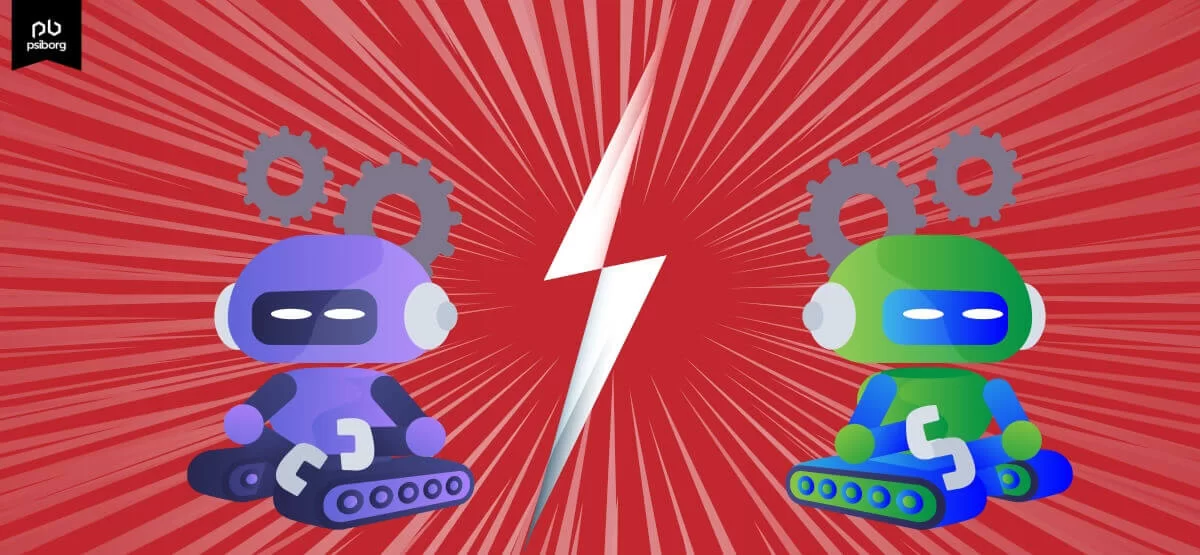
- One must understand that IoT relies on M2M. However, the opposite is not true.
- Both deliver communication. However, more often than not M2M is stand-alone communication device. However, M2M has really given a big boost to IoT.
- M2M makes use of point-to-point communication between sensors, hardware, and moreover wired or wireless network whereas IoT systems rely on internet protocol(IP) address to send data collected to the cloud or gateways.
- M2M Communication impacts businesses whereas IoT impacts users. IoT transforms enterprises meanwhile M2M impacts management applications.
CONCLUSION
IoT was started on the basis of machine-to-machine communication. M2M has grown so much and is providing relevant solutions to every sector. M2M has really made our work efficient and less time-consuming. Finally, M2M has issues with security but with the growth in the machine to the machine we will see new solutions and expansion not just of M2M but of IoT as a whole.
At Psiborg we specialize in machine to machine communication. We pride ourselves on being the best IoT company in Noida and we have provided clients with innovative IoT solutions worldwide.
